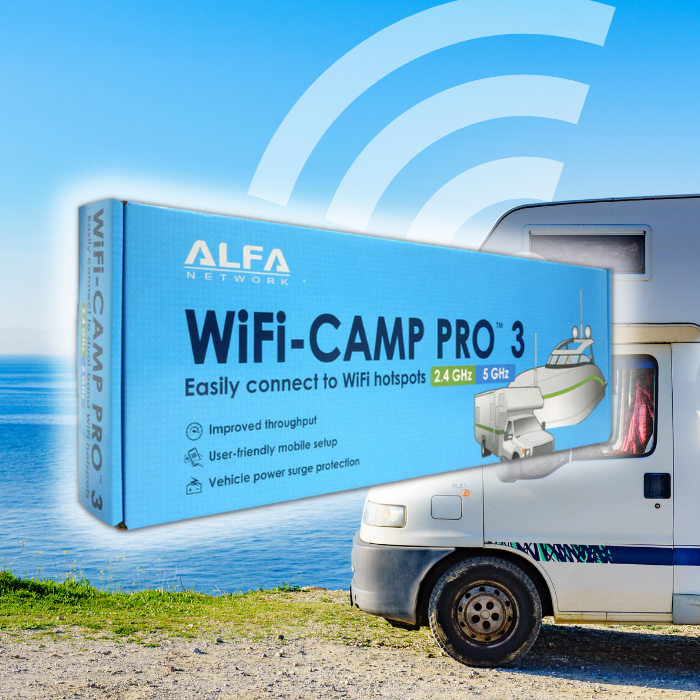I have a question similar to this one:
300 feet in my neighborhood, near line of sight | SNBForums
My property situation is the same, including the distance. The answers in that thread are two years old and I want to check for current advice, as well as add a few specific details of my requirements.
At property A (main residence) I have Comcast Internet with 1 Gbps bandwidth and I'm currently using the Comcast-supplied WiFi router. My relatives are moving into property B located 250 to 300 feet away with an open line of sight.
Two of us use Internet in property A, but the relatives are a family of 7 (5 kids).
How practical will it be to share my Internet with my relatives, assuming everyone wants a good browsing and TV streaming experience?
Does weather affect the signal? Is the bandwidth dramatically reduced when it is raining, for example?
Is a recommendation like the one made in the other thread still the best option?
Tupavco TP542 Dual-Band (13dBi) Outdoor Directional Panel Antenna (Amazon.com)
The Amazon reviews say:
Those are all substantially greater distances than mine.
According to that other thread, I will need the following:
1. WiFi AP at property A that supports an external antenna
2. one outdoor directional antenna and cable for property A
3. one outdoor directional antenna and cable for property B
4. WiFi router at property B
However, I'm not clear if I really need the outdoor directional antenna on both ends or just one. The reviews for that antenna at Amazon suggest it is only needed on one end. If I use it just at one end, which is preferred: property A or property B?
Thank you guys.
300 feet in my neighborhood, near line of sight | SNBForums
I have a second piece of property on my neighborhood, about 300 feet away more or less. It is not attached, and I can’t run wires between the two. I’d like to have some amount of WiFi.
My property situation is the same, including the distance. The answers in that thread are two years old and I want to check for current advice, as well as add a few specific details of my requirements.
At property A (main residence) I have Comcast Internet with 1 Gbps bandwidth and I'm currently using the Comcast-supplied WiFi router. My relatives are moving into property B located 250 to 300 feet away with an open line of sight.
Two of us use Internet in property A, but the relatives are a family of 7 (5 kids).
How practical will it be to share my Internet with my relatives, assuming everyone wants a good browsing and TV streaming experience?
Does weather affect the signal? Is the bandwidth dramatically reduced when it is raining, for example?
Is a recommendation like the one made in the other thread still the best option?
Tupavco TP542 Dual-Band (13dBi) Outdoor Directional Panel Antenna (Amazon.com)
The Amazon reviews say:
3 different users have reported different distances:
a. 2 blocks ~ 293 yards;
b. 300 yards and it maintain router broadcast data speed of 54 Mps.
c. quarter mile -440 yards
Those are all substantially greater distances than mine.
According to that other thread, I will need the following:
1. WiFi AP at property A that supports an external antenna
2. one outdoor directional antenna and cable for property A
3. one outdoor directional antenna and cable for property B
4. WiFi router at property B
However, I'm not clear if I really need the outdoor directional antenna on both ends or just one. The reviews for that antenna at Amazon suggest it is only needed on one end. If I use it just at one end, which is preferred: property A or property B?
Thank you guys.
Last edited:


